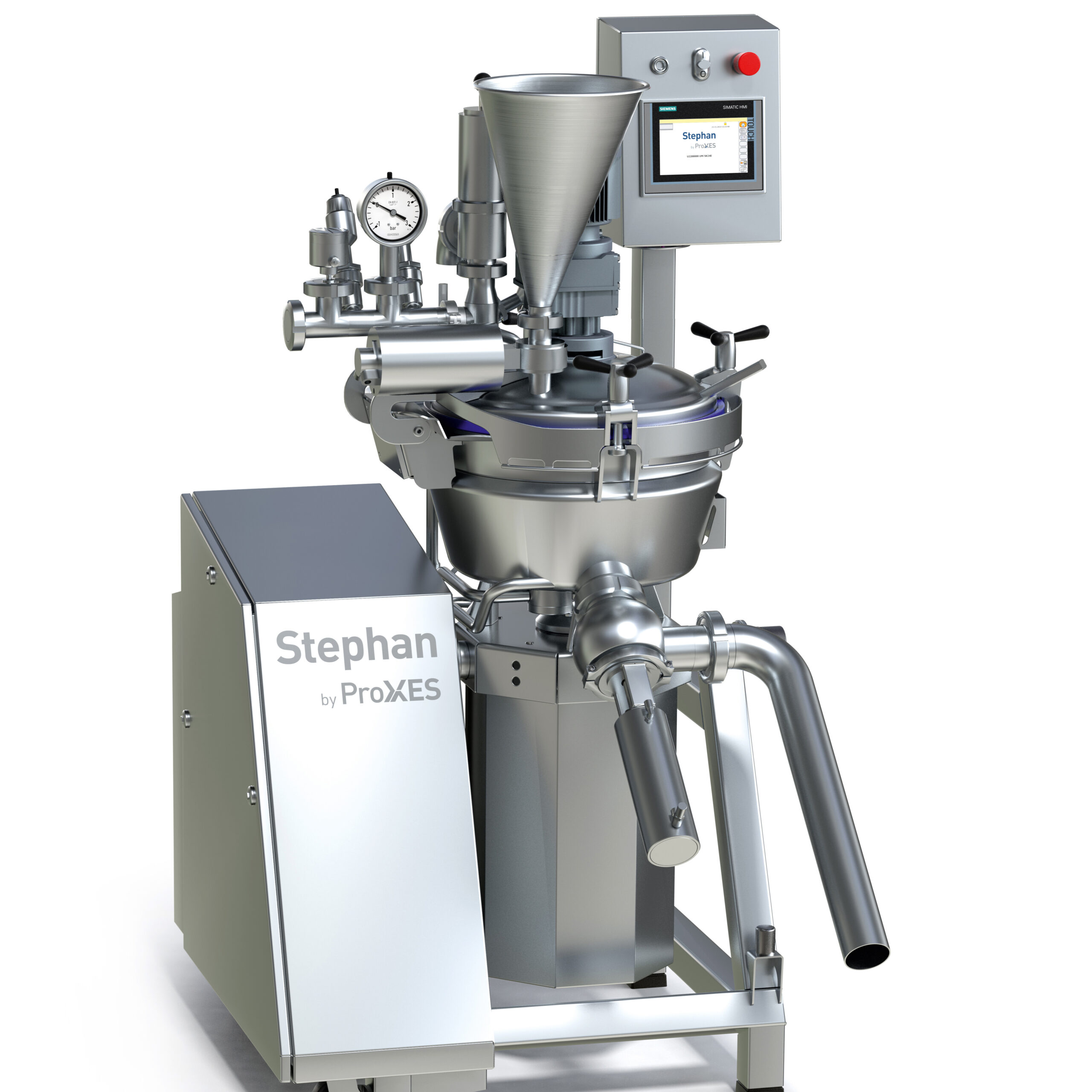Whipping your cream at lower speeds for faster results
Picture this: mixing whipped cream at larger bakeries can take from 18 up to even 40 minutes using a standard planetary mixer. As the clock ticks, so does energy consumption, presenting a significant challenge in an era where energy costs soar higher than ever.
With plenty of manual work and different machines involved, the quality of the batch of whipped cream still heavily depends on the skills of the machine operator.
To dive into these whipping challenges, we spoke with Product Manager Marcel Menkveld from ProXES, a German solution provider in mixing and processing systems.

Whipped cream, not butter – Gentle force and temperature control
The primary challenge is to get the right volume by incorporating air bubbles into the cream and creating a light and soft texture. These air bubbles expand the volume and provide stability to the cream. But maintaining consistency can be difficult as the cream may deflate or lose volume over time.
“Knowing when to stop is paramount. Overpowering the mixer introduces too much energy, leading to overmixing and a decline in volume,” says Marcel.
So in place of whipped cream, you’ll find yourself with butter.
Temperature affects the viscosity of the cream, and whipping it at the right temperature facilitates the formation and stabilization of air bubbles.
“A temperature control function to maintain the ideal temperature, supported by a double jacket system for precise heat regulation, ensures consistent conditions for whipping cream, preventing uneven temperatures that can affect texture and stability,” explains Marcel.
Go slow to go fast; how low speed can result in faster production
Good things take time. Marcel highlights that they worked on developing a dedicated machine with a specialized bakery and pastry tools for a year and a half.
“With our Universal Machine, a full batch of whipped cream can be produced” – wait for it – “under two or up to two minutes. And the best part is that we don’t use high speeds.”
High speeds mean high temperatures, resulting in volume loss. In addition, controlling temperature becomes challenging as speeds increase.
But operating at slower speeds and lower temperatures, there is more time for adjustments. This is where frequency converters come into play. With them, you have complete control over the speed, offering a wide range of speed levels beyond just slow or high.
“Being fast yet with low speed involves three factors: specialized tool development, an inclined bowl geometry – 10° for whipped cream – and a profound understanding of the application translated into the machine via the recipe control function,” concludes Marcel.
So, who is ready to decelerate with ProXES for extra productivity and make more batches of tasty whipped cream?

